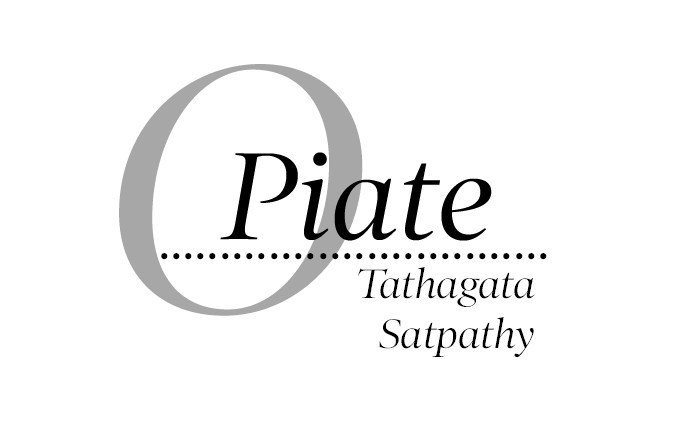Esmeralda Upton’s outburst against some Indian women in Plano, Texas this past week is an indication of changing attitudes towards people from this subcontinent living in the US. While Esmeralda, a Mexican American, is herself an immigrant, her abuse towards Indians also indicates an isolation of the Indian origin people which may not be limited to North America alone. Reporting of the incident in the Indian media has been skewed and those few reports saw the light of day primarily, maybe, because the involved person herself was an immigrant. The real reasons behind the dislike towards Indians are not to be found in any report. The easy way out has been to blame local politics and changing voter demographics in the US. However, envy for a financially successful and educated group of people with one ethnic root has been touted to be the major reason for the attack. On the other hand, delving into not so old history of the Indian community not only limited to the US but also in other English speaking countries such as the UK, Australia and South Africa as well as in nations such as Thailand and Singapore clearly indicates distrust and dislike for the community, resulting in violence.
The beating up and murder of Indian students in Australia, the attacks on Indian shopkeepers in many areas in the UK, the emergence of gangs such as Dot Busters in Canada and the US with a prime objective of assaulting Indians and attacks on them in Thailand are examples of hatred for Indians. Further down memory lane, one may recollect the bitter mass deportation of mostly Gujarati Indians from Idi Amin’s Uganda as also the chasing out of Indians from South Africa after the end of apartheid in that country. Everyone is aware that Indians were chased out of South Africa primarily because they had, as a community, supported the White rulers against the Black freedom fighters.
In Uganda and former Rhodesia, the rich Indian community had meticulously kept itself away from the local populace, thereby becoming friendless and isolated. In current times, a similar scenario may well be playing out in many countries. Unless properly researched, it may be difficult to make sweeping statements. But some indications could possibly be taken from recent events. For instance, many Indian Hindoos believe that the Indian Moslem rejoices and distributes sweets when the Pakistan cricket team scores a victory. It could very well be possible that when Indians living in the US and other English speaking countries celebrate festivals like Deepavali or Independence Day by marching en masse on Main Street with the Indian flag flying, then their very core allegiance to the land that has offered them immense prosperity and success comes under a question mark.
Recorded American history tells us that the very old Japanese community in the US was incarcerated immediately after the Pearl Harbour attack. Consequently, many young Japanese Americans had to volunteer and join the US forces in the war in the Pacific to prove their loyalties. It is a known fact that Indians living in many different countries have mostly been disdainful towards the locals. For instance, most Indians in the US and Canada are mortally scared of the African American. This fear keeps them from socializing with the Blacks or the Hispanics. On the other hand, the Caucasian American does not socialize much with the Indians. Whatever interactions exist are limited to professional sphere. It is to be noted that the Indians in the US are in direct competition for medium and high paying white collar jobs that the Whites desire unlike the employment opportunities in the menial jobs sphere that the Hispanics and Blacks normally take up. Another reason for isolation of Indians could be their recent upsurge in political activism connected with their motherland. Politics separates people like nothing else and when politics is added with religion then the divide is even sharper. The recent political activism of people of Indian origin in the US trying to prove their Hindoo background could certainly be a trigger for many more unpleasant incidents in the future.
Lest it be forgotten, the Indians living abroad who are forced to bear the brunt of attacks and abuses are those who benefitted the most from the Indian taxpayer. Studying in an IIT, medical college or other such institute of higher learning in India that had been painstakingly built since Independence with the poor taxpayers’ money, these fellows thought fit to desert their motherland when it needed them the most. They ran away for personal aggrandizement and thought would never have to look back. Even the second and third and later generations of Indian origin offspring turned to their religious ‘roots’ when isolation struck them hard. The emergence of a political party with religious overtones could have emboldened the Indian living overseas. This could have resulted in hardening of their attitudes towards religious beliefs of the locals. Instead of melting and mixing, the Indian seems to have become a sore thumb in the eyes of people like Esmeralda. The community has to do some very hard thinking about its future.

